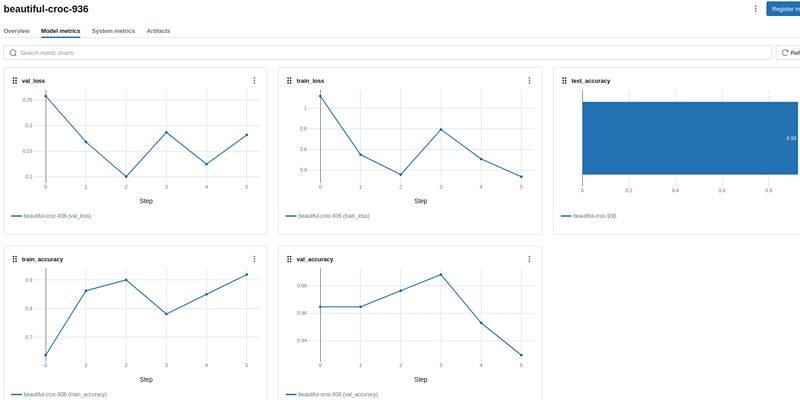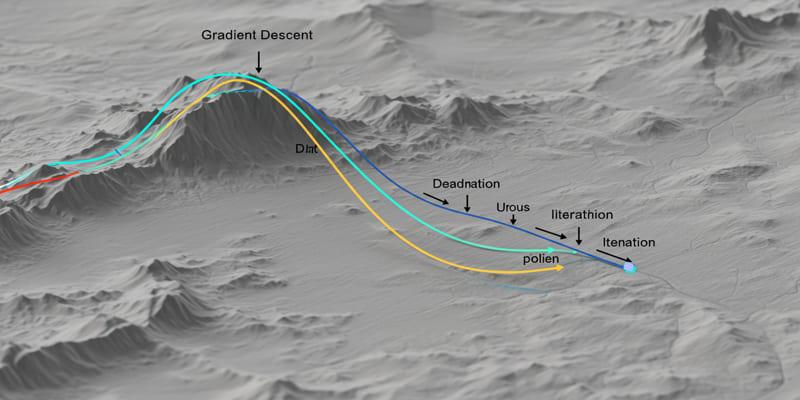Business leaders are unlocking the power of vectors—mathematical tools representing magnitude and direction—to revolutionize data analysis and decision-making. Once confined to physics and engineering, vectors now help companies navigate complex challenges with precision. By leveraging vector-based strategies, organizations are gaining a competitive edge in key areas, such as customer insights and supply chain optimization, which drives smarter and faster solutions.
Understanding Vectors in a Business Context

Vectors are not simple numbers since they can record the size and direction at the same time. This translates to business terms as being able to reflect detailed relationships and patterns in business that traditional metrics would not have captured.
Consider customer behavior analysis. Conventional methods may have followed such a metric as the number of purchases made by an individual, order value on average, or scores on customer satisfaction. The elements are combined in vector-based analysis in multidimensional forms, revealing patterns that are not visible through traditional techniques.
One of the customer vectors could take the form of purchasing behavior, level of engagement, price sensitivity, and brand loyalty. This broad perspective enables businesses to select customer groups with precision and make more accurate predictions about future actions.
Transforming Data Analysis and Decision Making
It is the large amount of information produced by modern businesses that has numerous sources. Sales, customer relationships, market studies, social media services, and performance indices are creating complex analytics that impact the conventional analysis approach. The fusion of this multidimensional information is best visualized using a procedure known as the vector-based methods. Machine learning algorithms operate on the principles of identifying patterns, classifying information, and predicting on large-scale datasets based on the use of vectors to represent them.
Companies like Netflix and Amazon have mastered vector-based recommendation systems.
User preferences, viewing history, and behavior patterns are translated into vectors with the help of these platforms, and mathematical operations are provided to recommend corresponding content or products. The outcome is a series of very personal experiences that will lead to engagement and revenue.
Risk assessment by financial institutions has the same principles. They not only assess loan applications based on individual facets, but they also establish holistic risk vectors that take into account various elements altogether. The method yields risk profiles that are more precise, leading to improved lending decisions.
Enhancing Customer Segmentation and Targeting
The customer vectors that marketing teams can develop may include ideographical aspects, such as demographic data, purchasing patterns, online borrowing habits, and psychographical data. These expressive representations can be clustered using highly advanced algorithms, which discriminate between customer groups that have substantive characteristics.
Identification is not the only benefit. The associations among various types of customers can be visualized with the help of vector-based segments, which enable the prediction of how customers may transition between segments over their lifetime. This dynamic customer behavior leads to more strategic marketing investments and more effective resource allocation.
The efforts made towards personalization are more successful when influenced by vector representations. The companies do not need to target a large population of potential customers; instead, they can send personalized messages and offers based on individual customer vectors. Such accuracy enhances the conversion rate, and market wastage becomes low.
Revolutionizing Supply Chain Management
Supply chain optimization is a balance between cost, speed, quality, reliability, and risk. Vector approaches are excellent in managing these complex trade-offs. The supplier performance on more than just price can take the form of supply chain vectors.
Organisations can develop performance vectors that encompass delivery, quality, finances, and strategic alignment, enabling advanced supplier choices and risk management.
The strategy is multidimensional, which supports more advanced supplier selection and relationship management strategies. Corporations can access suppliers who provide the top overall value preservation, and develop contingency strategies through a risk assessment strategy based on vectors.
The use of the vector-based models is beneficial in demand forecasting. These systems combine various demand cues, such as past sales, economic factors, seasonal trends, promotional efforts, and market trends, into overall demand vectors. The outcome will be reduced errors in forecasts, which contribute to improved inventory control and production planning.
Optimizing Product Development and Innovation
Product development traditionally relies on feature lists, customer surveys, and market research to guide decision-making. Vector-based approaches add mathematical rigor to these processes.
Multi-dimensional space feature combinations, performance characteristics, market positioning, and customer appeal may be represented as product vectors. This representation enables teams to determine the optimal product setups, providing more accurate estimates of market reactions to products.
Vector analysis constitutes the utilization of innovation teams in conducting their systematic studies on the competitive environment. By addressing the gaps in product vectors within the feature space, they strategize to formulate solutions that focus on achieving their objectives. Natural language processing improves the customer feedback into vectors that represent sentiment, preferences, and satisfaction drivers. It is a sophisticated approach that reveals more insights, providing more accurate information compared to traditional text analysis methods.
Implementing Vector-Driven Strategies
The adoption of vector methods should be planned and implemented successfully. Begin by recognizing business problems or issues that are subject to multiple problems or conditions and are also intricately linked to variables.
Information infrastructure becomes essential. The analysis performed by vectors demands the clean combination of structured information from two or more sources. Invest in systems of data integration and quality management that are capable of supporting multidimensional analysis.
There must be capabilities to build teams. Though you do not have to make all of them mathematicians, you tax the critical people in the team so that they are conversant with the concepts of vectors and their applications in business. This information enables enhanced collaboration with technical teams and facilitates efficient interpretation of outcomes.
The choice of technology is essential. Select cloud environments and tools that can be served as vectors. Most current analytics systems have some form of vector functionality, though make sure to match them to your business needs and technical specifications.
Measuring Success and Continuous Improvement
The metrics of success used in the traditional strategies do not apply to the approaches that are based on vectors. Pay attention to those outcomes resembling the multidimensionality of the analysis of vectors.
The success of customer segmentation can be measured by improved campaign response rates, better conversion rates, and more accurate predictions of customer lifetime value. The optimization of the supply chain can demonstrate efficiency in terms of cost, delivery, and risk minimization simultaneously.
Frequent validation of the models makes them effective. The vegetal models may drift eventually due to a shift in the business environment. Use the performance tracking systems to monitor the performance of the model and set alarms where necessary.
The Future of Vector-Driven Business

Vector-based business strategies represent the foundation for more advanced analytical approaches. With the ongoing technological progress of artificial intelligence and machine learning technologies, organizations that possess high capabilities to leverage vectors will be well-positioned to exploit them.
A combination of vector analysis and emerging technologies, such as new real-time processing tools, edge computing, and advanced visualization tools, will generate novel innovation potential and a competitive advantage for the business.
Those companies that have learned to think in vectors nowadays are developing capacities that will enable them, especially as business analytics progresses, to explore more sophisticated, multidimensional approaches.
Conclusion
Vector analysis is a powerful tool for analyzing and visualizing complex, multidimensional data. It helps businesses identify patterns, gain insight, and make more intelligent choices. With the changes in technology, to remain a market leader in the current competitive market, it will be crucial to utilize vector analysis. Investing in this type of analytics can lead to improved decision-making processes and advance companies in the future, ultimately benefiting younger generations as well.












